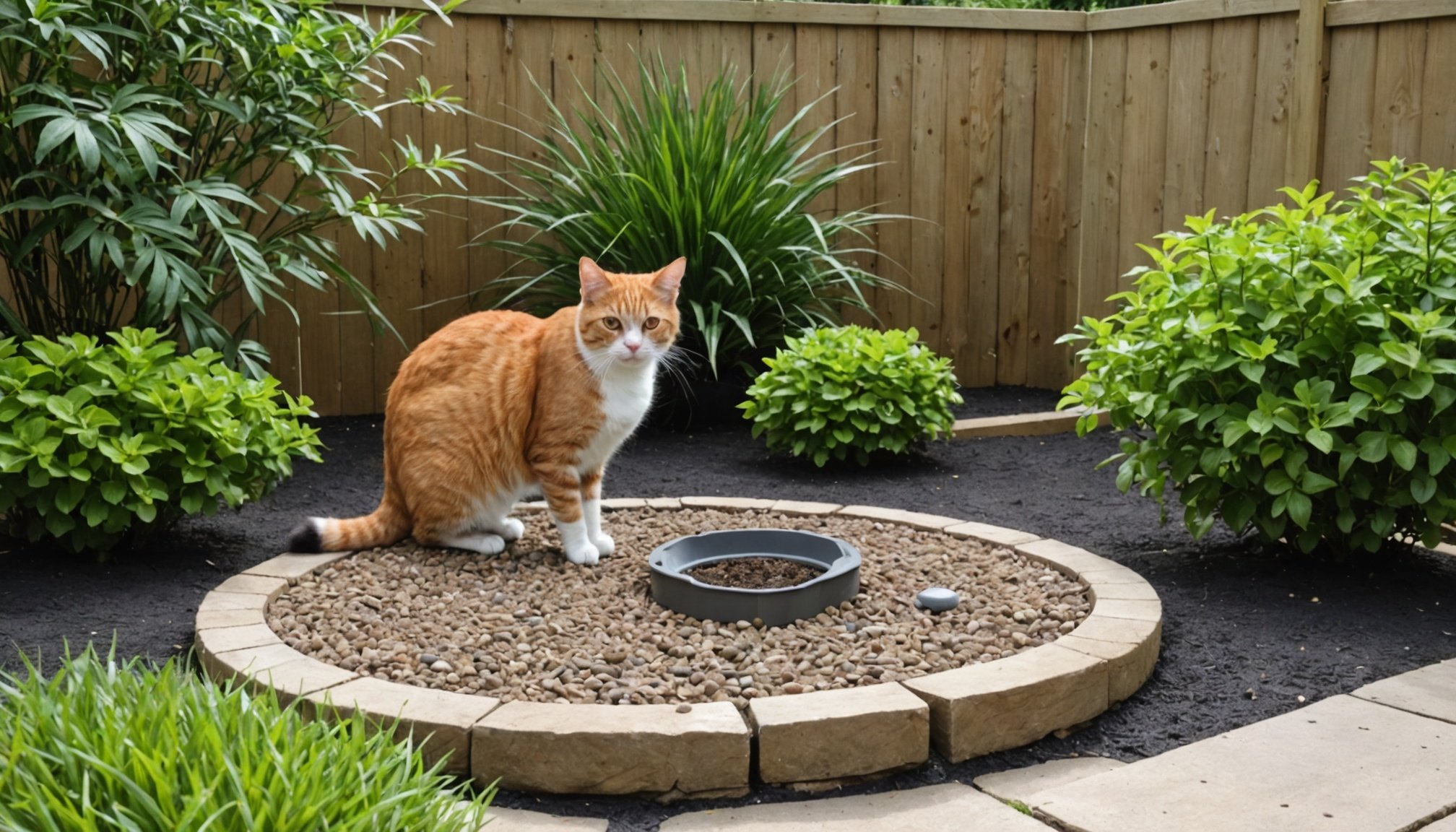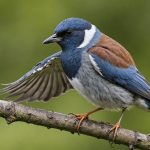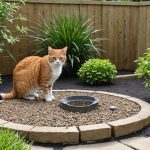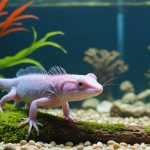Importance of Outdoor Sensory Gardens for Visually Impaired Cats
Creating an outdoor sensory garden for visually impaired cats offers crucial benefits to their overall well-being. These gardens provide enrichment by engaging felines through varied sensory experiences, which stimulate their natural instincts.
Sensory gardens enhance a cat’s ability to explore, allowing them to experience new textures, scents, and sounds while ensuring feline safety. This outdoor exploration supports mental and physical activity, which can be limited due to their visual impairment.
A découvrir également : Designing a secure and stimulating outdoor haven for cats affected by feline leukemia virus (felv)
In an environment tailored to their needs, visually impaired cats can safely indulge their curiosity. This might include carefully selected plants and features that create appealing, non-visual sensory cues, like aromatic herbs or textured pathways.
Preventing accidents is crucial when designing these spaces. Incorporate elements that keep the garden hazard-free, such as soft, uneven ground surfaces that help cats navigate safely, or enclosed areas that allow free roaming without the risk of escape.
Lire également : Guide to a happy transition: top tips for easing your cat into their new home
These sensory experiences foster a greater sense of security, comfort, and confidence for visually impaired cats. The emphasis on safety while satisfying their curiosity ensures a balanced approach to enriching their lives with the joys of the natural world. This proactive measure can significantly enhance a cat’s quality of life, supporting their inherent need for exploration with minimal danger.
Key Considerations for Designing the Garden
Designing a garden that is enjoyable and functional requires careful planning, focusing on design principles, accessibility, and safety. By considering these factors, you can create a secure and welcoming outdoor space.
Layout and Structure
A thoughtfully designed layout is essential for accessibility and movement. Consider developing paths that facilitate easy navigation throughout the garden. These paths should connect various areas seamlessly, allowing for a fluid transition between spaces. Additionally, incorporating safe zones for relaxation and play is crucial. Use textural contrasts in ground surfaces to aid orientation, particularly for visitors with visual impairments.
Plant Selection
Selecting the right plants plays a significant role in ensuring safety and enjoyment. Choose non-toxic plants, especially if the garden will have feline visitors. Some plants can be hazardous to cats, so opt for species that are harmless. Incorporate aromatic plants to enhance the olfactory experience, and select plants with varied textures and heights to create a diverse and stimulating environment.
Safety Measures
Implementing safety measures is paramount in garden design. Use natural barriers to guard against potential hazards and avoid using hazardous chemicals and pesticides that could harm both the environment and garden users. Prioritise environmental considerations to maintain a healthy, sustainable outdoor space.
Step-by-Step Guide to Creating the Garden
Creating a DIY garden project involves thoughtful planning and careful execution, beginning with the initial planning and garden layout design. Clarity in envisioning the end result is vital before proceeding to the next stages. Start by sketching a basic layout, considering the types of plants and the space available. Determining planting zones based on sunlight and shade areas will significantly enhance your layout precision.
Once your garden layout is planned, it’s time to prepare the ground. Essential tasks include clearing debris and selecting the right materials such as soil amendments and edging tools. Opt for materials that suit your garden’s aesthetic and functional needs, ensuring they are durable and eco-friendly.
Implementing sensory features in your garden can enrich the overall experience. Assemble elements like water features, fragrant plants, or textured foliage step-by-step. Sensory additions not only improve the ambiance but also promote relaxation. Be sure to integrate these features harmoniously with the rest of your garden layout for a seamless and gratifying result.
Additional Sensory Features
Incorporating sensory enhancements into a pet’s environment can significantly enrich their interactive elements and engagement with their surroundings. From comforting sounds to varied textures and intriguing scents, each enrichment tool offers unique benefits.
Sound Elements
Utilizing sound elements can create a soothing auditory environment. Consider hanging wind chimes or arranging rustling materials like leaves. Water features also add an element of calm, as the gentle trickling sound can be especially soothing. Selecting toys that produce engaging sounds is another way to ensure auditory stimulation.
Textural Experiences
To provide a tactile experience, adding soft surfaces for lounging and rest is key. Textures can vary widely, and creating climbing structures caters to pets’ natural instincts for physical engagement. Utilize a mixture of surfaces within the area to encourage exploration and tactile curiosity.
Scent Trails
Creating scent trails involves planting herbs or aromatic plants in specific patterns throughout the environment. This approach offers mental and olfactory stimulation. Similarly, creating paths using common scents, like lavender, can intrigue your pet. For more control, consider using safe, pet-friendly scent dispensers to tailor the experience further.
Visual Vignettes and Success Stories
Creating a sensory garden for your cat can be immensely rewarding, as showcased in numerous testimonials from cat owners who have experienced transformation in their pets. Real-life examples abound, detailing how these gardens become vibrant sanctuaries. One such success story involves a dedicated owner who transformed her balcony into an oasis of cat-safe plants. In her testimonial, she describes how her feline companion spends hours exploring the rich smells and textures, leading to noticeable improvements in behaviour and mood.
Across various garden showcases, cat owners have shared the joys of observing their pets engage with different sensory stimuli. From lush patches of catnip to whispering grasses, each garden becomes a living testament to creativity and care. These examples emphasise the impact sensory gardens have on feline contentment.
For those inspired by these stories, practical visuals and tips can aid in crafting your own haven. Consider integrating textures such as stones or playful elements like tunnels. Visual guides illustrate how simple adjustments and passionate care can result in a harmonious outdoor retreat. This blend of testimonials and creativity stands as a beacon for others seeking to enhance their pet’s environment.
Maintenance and Continuous Improvement
Keeping your garden in top shape involves strategic upkeep and commitment. Regular adjustments ensure an enriching and safe haven for your pets.
Ongoing Care and Maintenance
-
Regular Plant Care and Updates: Consistently maintain your plants, keeping them pruned and healthy to ensure safety and aesthetics in your garden. Replace any dead or harmful vegetation promptly to protect your pets.
-
Monitoring and Adjusting Sensory Elements: Sensory enhancements, such as fragrant plants or textured surfaces, should be regularly evaluated to ensure they are engaging for your furry friends. Adjust sensory elements periodically to keep the garden stimulating.
-
Seasonal Adaptations for Safety and Enrichment: With each new season, assess your garden’s layout and features to accommodate weather changes. Adding shade in summer or protection against cold in winter can enhance your garden’s functionality.
Assessment and Feedback
-
Observing Cat Behavior in the Garden: Regular observation of your cat’s interactions with the environment can offer valuable insights. Take note of areas they frequent and elements they enjoy or avoid.
-
Making Modifications Based on Feline Preferences: Modify the garden based on observed behaviors, removing disliked features and enhancing preferred aspects to create a feline-friendly space.
-
Engaging with Community for Shared Experiences: Interacting with other pet owners can provide fresh perspectives and innovative ideas for improving your garden’s appeal and function. Share tips and learn from others’ experiences for continuous improvement.











